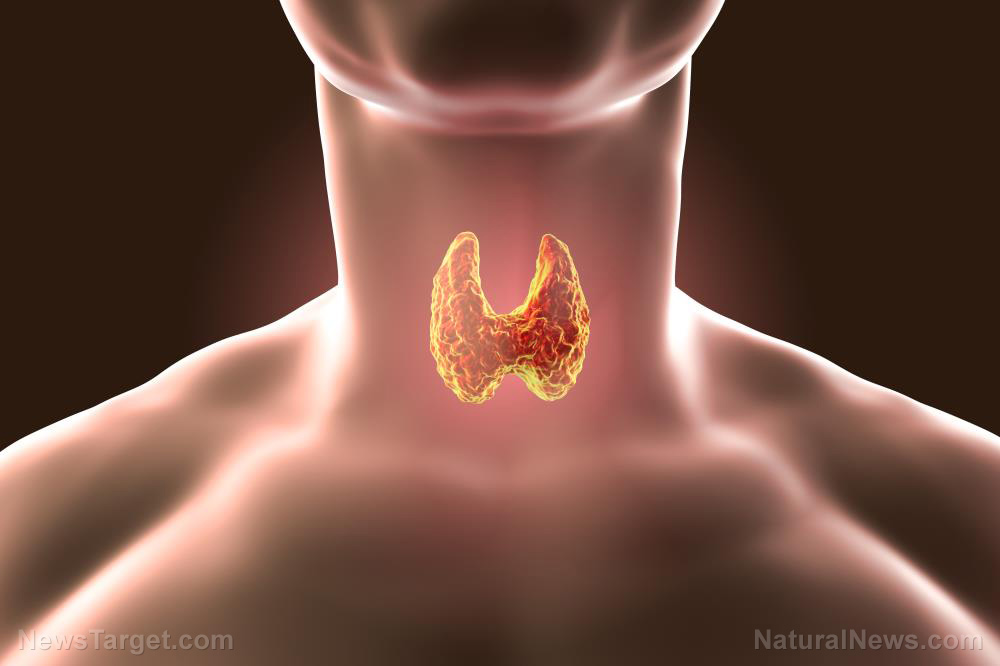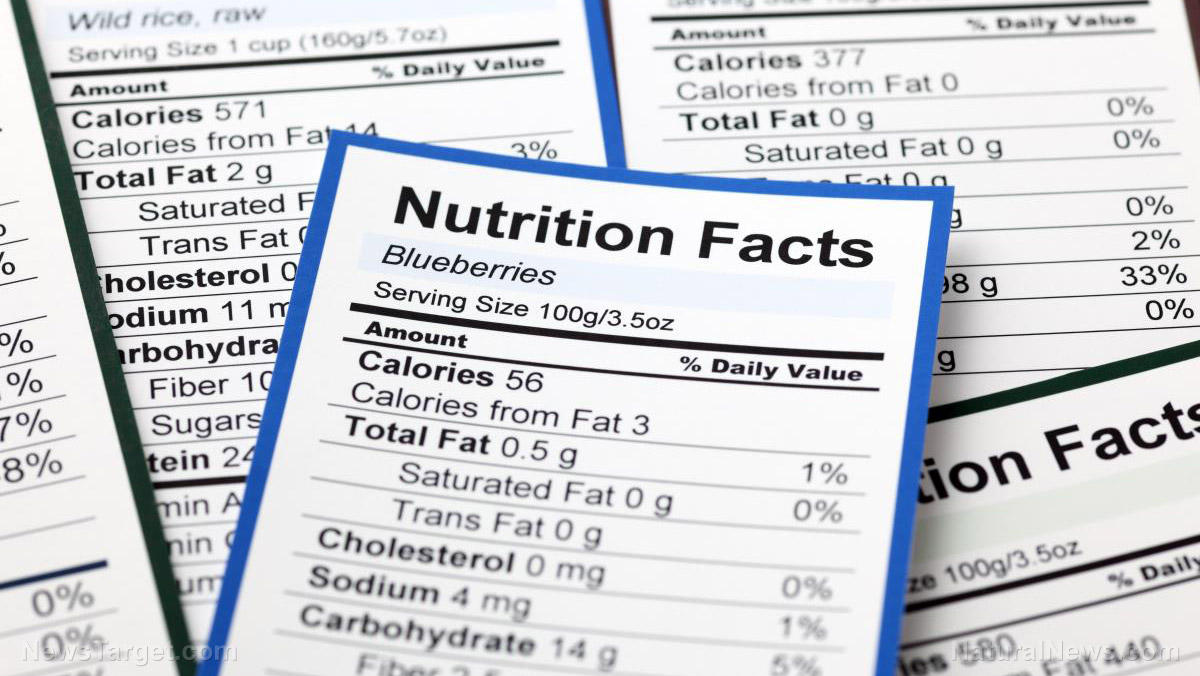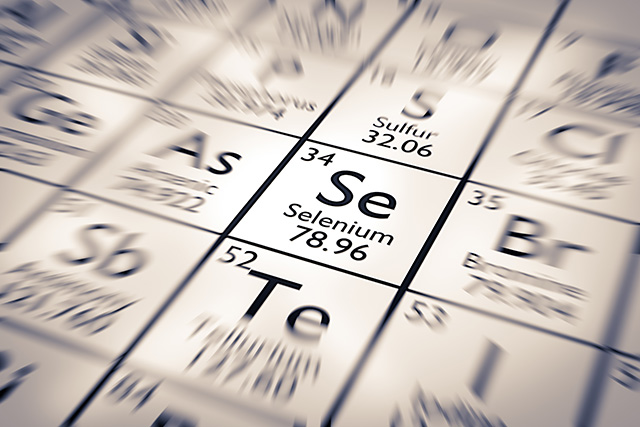Be proactive about your heart health today by understanding how a heart attack happens
11/30/2018 / By Mary Miller

A heart attack can be a life-changing event. If you manage to survive a heart attack, it can have dire consequences for your overall health and well-being. The key to preventing a heart attack from occurring in the first place is understanding how and why it happens.
What causes heart attacks
Plaques are small collections of cholesterol and calcium that form in the arteries. Plaques, by themselves, are not harmful. They are a standard response that our bodies have when trying to repair damage to the inner lining of the blood vessels. As we age, various risk factors can cause damage to our blood vessels, including our coronary arteries that supply blood to our heart. Our bodies attempt to repair the damage with layers of cholesterol and calcium. These layers are then covered by a “scab” made of a fibrous layer. If the scab happens to be knocked off, the exposed layer of calcium and cholesterol triggers the formation of a clot in the arteries. This prevents blood from reaching the heart muscle, causing a heart attack.
The composition of the plaque is a factor that is linked to your risk of having a heart attack. This includes the thickness of the scab and the mixture of the calcium and cholesterol. Other risk factors that contribute to the likelihood of a heart attack include family history, cholesterol levels, blood pressure, weight, and other chronic medical problems, such as diabetes. (Related: Figs amazing fruit: Prevent cancer, diabetes, heart attack.)
What to do to reduce risk of heart attack
A healthy lifestyle is your best defense against heart attacks. Here are some ways you can be proactive with your heart health and lower your risk of heart disease:
- Follow a healthy diet. Proper nutrition is one of the best weapons against cardiovascular disease. What kind of food you eat and how much you eat can help manage other risk factors, such as cholesterol, blood pressure, and weight. Your diet should be rich in nutrients, but low in calories. Focus on a diet consisting of fresh fruits, vegetables, and whole grains. It should also include low-fat dairy products, poultry, fish, legumes, non-tropical vegetable oils, and nuts. Reduce your intake of fat, salt and sugar. This means avoiding sweets, sugar-sweetened beverages, red meats, and processed foods.
- Exercise regularly. It is important to be physically active every day. To maintain healthy levels of blood pressure, cholesterol, and body weight, it is recommended to have at least 150 minutes per week of moderate-intensity physical activity. If you have been living a sedentary lifestyle, start slow and gradually work your way up to more intense activities with longer duration. It is better to start somewhere than not to start at all. Even a few minutes of exercise can be of great benefit to your heart.
- Stop smoking. If you are a person who smokes, quit now and encourage other smokers to quit too. If you’ve never smoked, don’t start.
- Reduce stress levels. Some studies observed a relationship between the risk of coronary heart disease and stress. Chronic exposure to stress may lead to unhealthy lifestyle choices, such as overeating and smoking. Even the blood pressure levels of young adults can be affected by stress.
- Limit alcohol. Excessive alcohol intake can increase blood pressure and raise the risk of stroke, cancer, and other diseases. It can also lead to irregular heartbeats and high triglyceride levels. The recommended daily limit for alcohol consumption is no more than two drinks per day for men and no more than one drink per day for women. If you don’t drink alcohol, it is not recommended to start drinking alcohol for any reason.
Tagged Under: arterial plaque, calcium, cardiovascular disease, cardiovascular health, cholesterol, diabetes, excessive alcohol intake, exercise, good nutrition, Heart, heart attack, heart attack prevention, heart attacks, heart health, lifestyle changes, plaque, prevention, reduce stress, stop smoking




















